God’s Ecosystem
We are trying to tell a very specific story, to influence its ending. Humanity is out of balance with nature; this imbalance must be corrected to continue peace and prosperity. To meet these challenges. we draw from the Bible, the deepest story ever told, in which nature plays a fundamental role.

Water
Water has a duality in the Bible. Uncontrolled it represents chaos. Channeled, it enables life. It also forms the foundation of the Biblical map, with sharp contrasts between regions with and without water. As a result, water is a key driver in how the biblical, and human, story unfolds.
Sea

The first element of nature introduced in Genesis 1, water, in the form of the sea. The ancient world saw the sea as a symbol of chaos, uncontrolled a sign of death. Its introduction with “the Spirit of God was hovering over the waters,” (Genesis v.2) reflects the pre-creation state of chaos.
Rivers
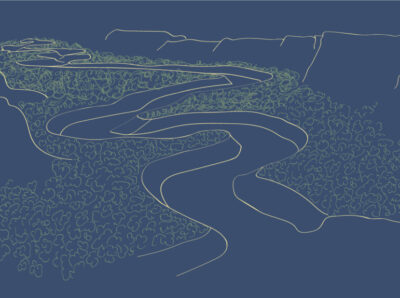
Rivers form the foundation of the Old Testament Map. The Tigris and Euphrates in the east formed Mesopotamia, where the Assyrian and Babylonian arose. The Nile channels much of the rainfall of Northeast Africa channeled into the world’s longest river spreading out into a fertile delta upon which the Egyptian Empire was built.
Rain

Rain in the Near East is seasonal, coming off the Mediterranean in the winter, feeding the northwest of the Holy Land with rain. As clouds go over the inland mountain range, they drop their rain, leaving an arid region to the east of the mountains. This landscape presented an ecology of sharp contrasts for the biblical story to unfold.
Land
Land plays a central role in the Bible, with the word land used over 1,300 times and earth over 700 times. It appears at the very beginning of the Bible when Genesis 1 describes land arising out of the chaos of the sea: “Let the water under the sky be gathered to one place, and let dry ground appear” (v.9). The landscape of the ancient near east varies dramatically within a small region, producing sharp contrasts in how land could be used.
Mountains
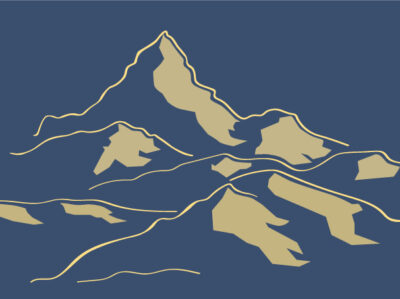
Mountains were associated with the heavens. Thus, they were platforms of significant events of approaching and interacting with God, at times for testing and other times for direction
Soil
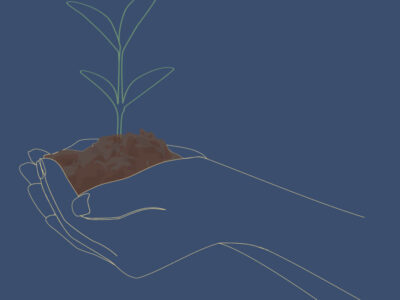
The Bible speaks of soil as a constitutive of our human bodies, as “the Lord God formed a man from the dust of the ground” (Genesis 2:7). Soil continues to be mentioned throughout the Bible as the Israelites’ livelihood, or arable land. The Lord told Moses to send scouts into the land of Canaan to answer whether the soil was “fertile or poor” and to “bring back some of the fruit of the land” (Numbers 13:20).
Fields
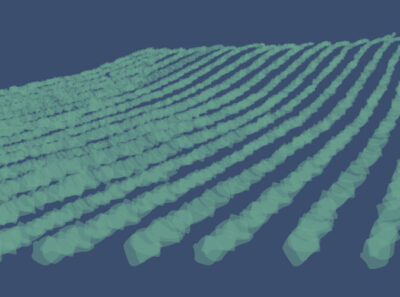
Fields were the location of significant daily life in the Old Testament. They were the place of production and sustenance as the Israelites transitioned from a nomadic to agricultural lifestyle. Mosaic law established foundational legal principles protecting property integrated with social responsibility.
Plants
Plants abound in the Bible, with the Ancient Near East being a place of great biodiversity (Freedman, 2000). The creation of plants is described in Genesis 1, saying “Let the land produce vegetation: seed-bearing plants and trees on the land that bear fruit with seed in it, according to their various kinds” (Gen 1:11).
Trees
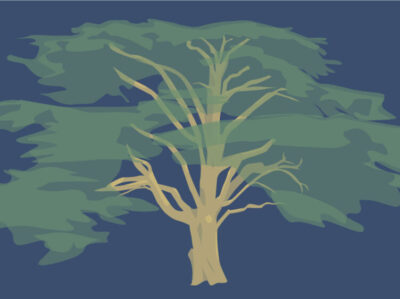
Trees generate much of the world’s oxygen while absorbing carbon dioxide. Trees provide a habitat for many animals, half of all species live in trees, and plants, with tropical forests being among the most biodiverse habitats in the world. They are introduced at creation, where “the land produced vegetation…trees bearing fruit with seed in it according to their kinds” (Genesis 1:12). Their story continues with the introduction in the Garden of Eden of the two most notable trees in the Bible, “In the middle of the garden were the tree of life and the tree of the knowledge of good and evil” (v. 9).
Fruit
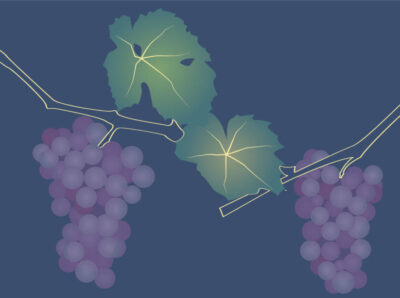
Fruit from trees serve both as food and seed generating new life. During creation, God gave people “every tree that has fruit with seed in it. They will be yours for food” (Genesis 1). Adam and Eve were given the fruit in the Garden of Eden (Genesis 2). The prominence of fruit in the Bible reflects the suitability of the Mediterranean climate for growing fruit. Terraced fields were used to grow olives, grapes, figs, pomegranates, along with almond and fruit trees (Hillel, 2007). Fruit from trees was used for purposes such as food, drink, and oil in the Bible.
Grain
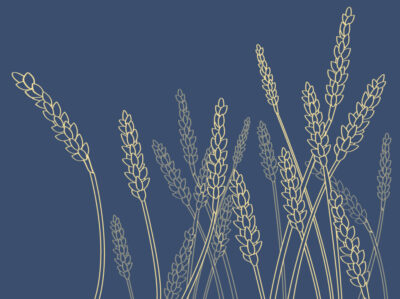
In the Bible, grain’s presence reflects the transition of the Israelites’ society from nomadic to agricultural. Jacob’s family was facing famine in their homeland of Canaan. When Jacob’s family was facing famine in Canaan, in Egypt “Joseph stored up huge quantities of grain, like the sand of the sea” (Genesis 41:49). God commanded the Israelites to use grain for offerings (Leviticus 2, 5, 6, 7, 9, 10, 14, 23), given as a promise of future prosperity (Numbers 20:5, Deuteronomy 11:14;), and its absence used as a sign of scarcity (Deuteronomy 7:13). The Holy Land was described as a land of wheat and barley (Deuteronomy 8:8).
Animals
After creating animals God said, “Be fruitful and increase in number and fill the water in the seas, and let the birds increase on the earth” (Genesis 1:22). In the Genesis flood, God destroyed much of life on earth, human and animal, but conserved all animal species and followed the flood with an everlasting covenant with people and “and with every living creature” (Genesis 9).
Donkeys
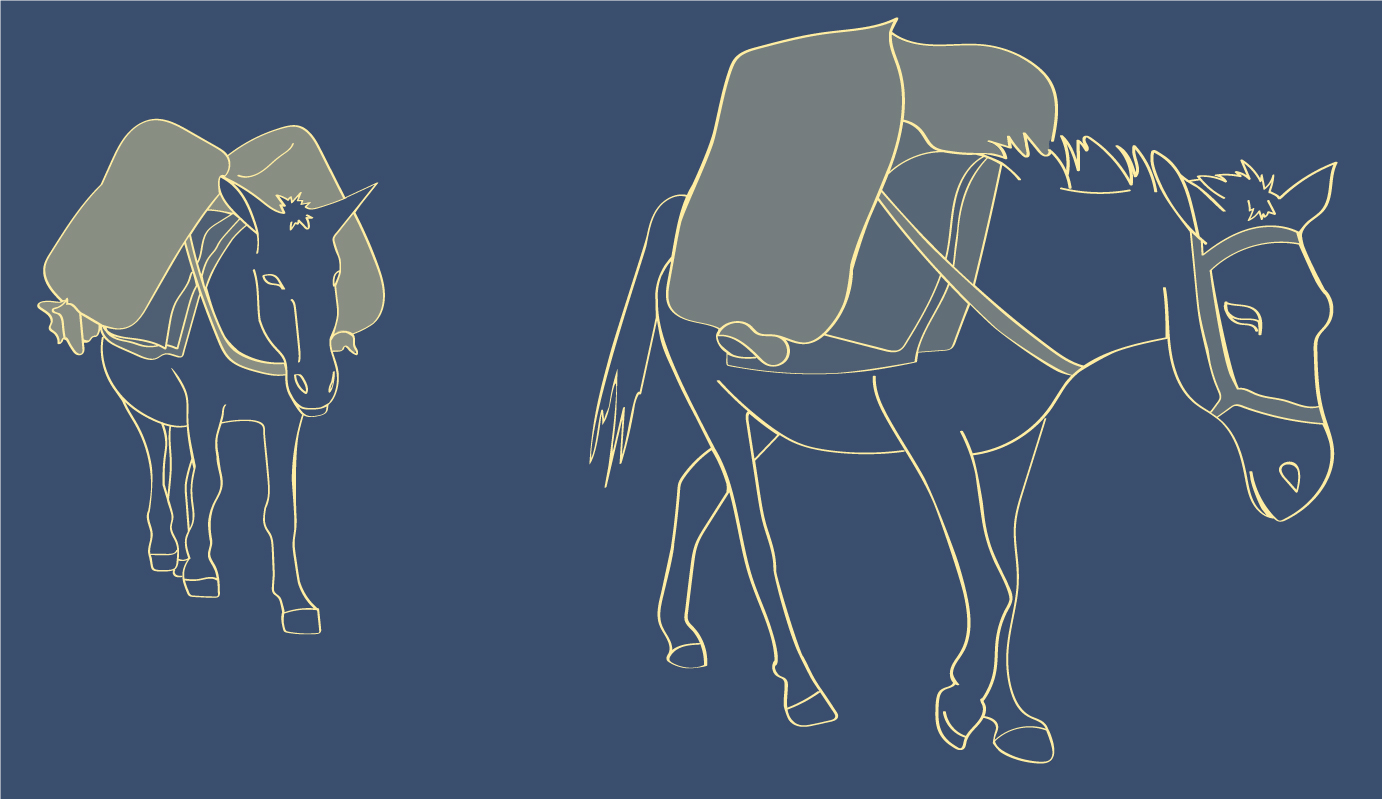
Donkeys were essential to Israelite daily life, used by common people for transportation and as pack animals in both nomadic and agricultural lifestyle. Known for their strength and sure-footedness, donkeys navigated the hilly terrain of the Holy Land with ease (Freedman, 2000). Their role in Israelite prosperity made them symbols of peace. The prophet Zechariah foretold of Zion’s king riding a donkey, declaring, “See, your king comes to you, righteous and victorious, lowly and riding on a donkey, on a colt, the foal of a donkey” (Zechariah 9:9). In fulfillment of this prophecy, Jesus entered Jerusalem on a donkey, a stark contrast to the military parades of the time, where conquering armies rode horses and chariots to display their dominance.
Sheep

Sheep wool was highly valuable to the ancient Israelites in both their nomadic and agricultural stages. Its role in their economy was reflected by the presence of the sheep gate in the Jerusalem wall, a passageway through the city walls dedicated specifically to moving sheep in and out of the city (Nehemiah 3:1). Jesus used them extensively for illustrations, including the Parable of the Lost Sheep (Luke 15:4), when he described God as the shepherd (John 10:1-27), and when he asked his disciples to take care of his sheep (John 21:16-17).
Lions
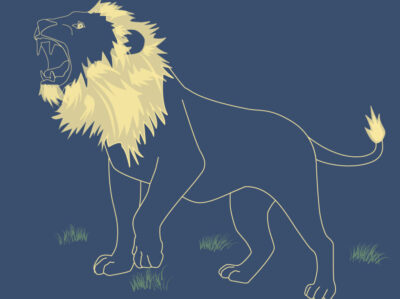
In the Bible, lions primarily represent physical power, both symbolically and through demonstrated acts of physical strength (Freedman, 2000). Samson’s strength (Judges 14:6) and David’s skill were demonstrated by killing a lion (1 Samuel 17:34-35), while God protected Daniel from them (Daniel 6:22). Prophets compared the power of empires to lions such Nahum predicting the downfall of the Assyrian empire (Nahum 2:11-12) and Jeremiah predicting Babylon destroying Judah (Jeremiah 4:7). A Revelation reference to the Lion of the tribe of Judah is commonly interpreted to refer to Jesus (Revelation 5:5).
